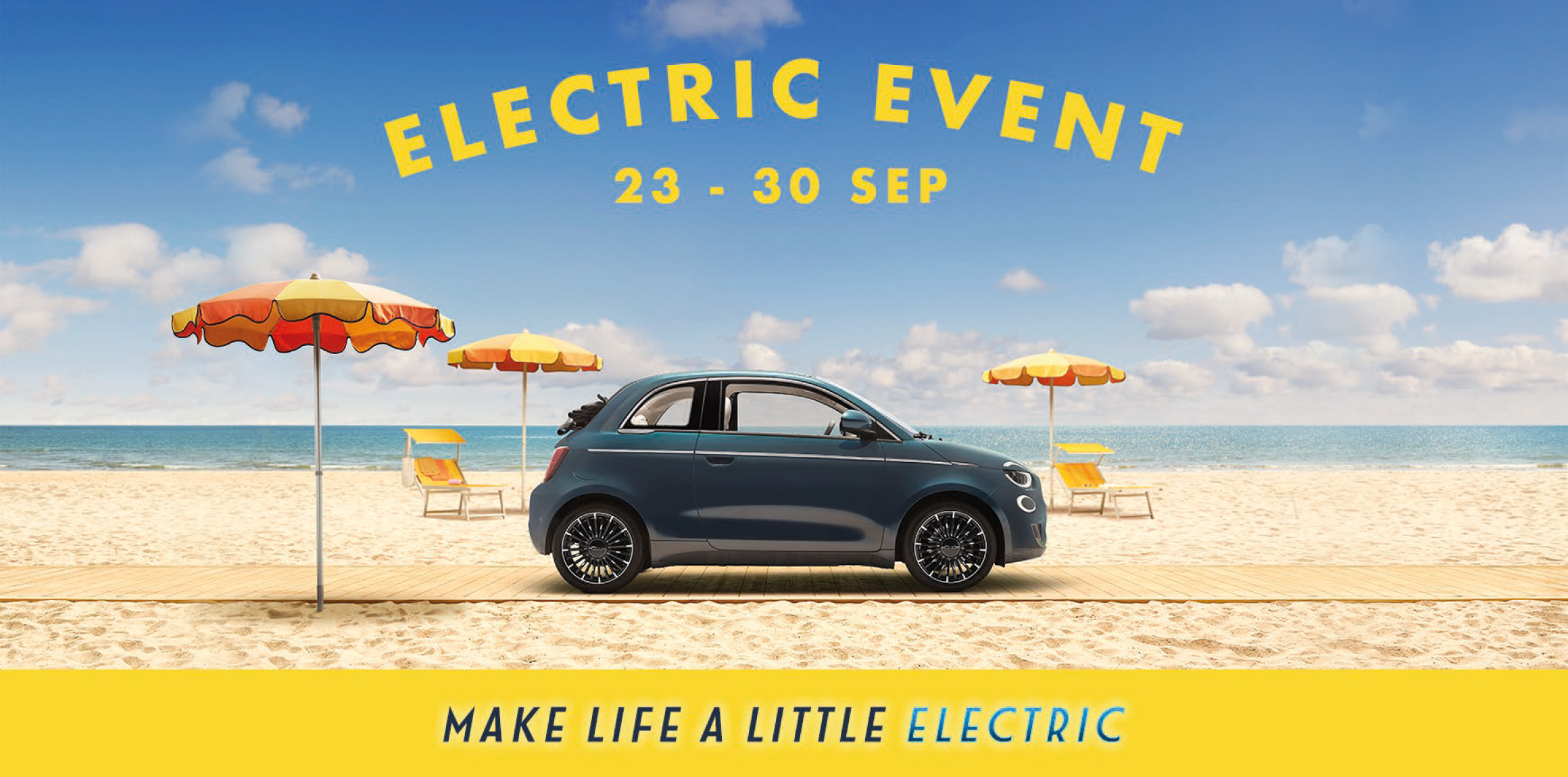

They offer a driving experience that is more responsive and engaging, whilst producing zero emissions while driving. Electric cars are exempt from most ultra-low emission zones, which major cities are adopting and continuously expanding. And with the government's 2030 ban of new petrol/diesel car sales, the future is clearly electric!
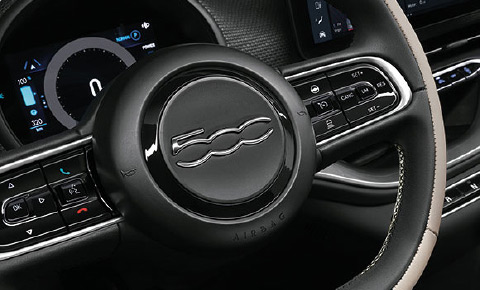
Whilst the transaction price of an electric car is higher than a combustion engine equivalent, running costs are significantly lower. Electric car drivers save hundreds of pounds thanks to lower servicing costs, exemption from RFL (Road Fund Licence) and cheaper recharging costs compared to petrol/diesel.
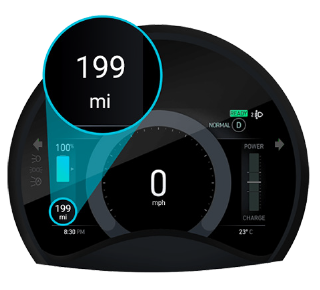
The New Fiat 500 has a WLTP combined range of up to 199* miles, and a WLTP Urban range of up to 286* miles. This is more than sufficient for most users, especially given that UK drivers travel on average 20 miles per day.**
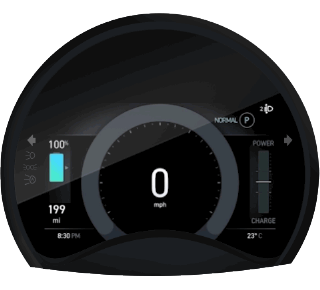
If you find you’re running low on battery, your car’s SHERPA mode is available to help you avoid running out completely before you can reach a charger. SHERPA mode shuts off non-essential functionality and optimises your driving efficiency to get you to the nearest charger. In the unfortunate event that you do run out of battery, roadside assistance will either adequately charge your car by the side of the road so you can get to the nearest charger, or tow you to the nearest charger depending on your location. Roadside assistance is free for the first 3 years.
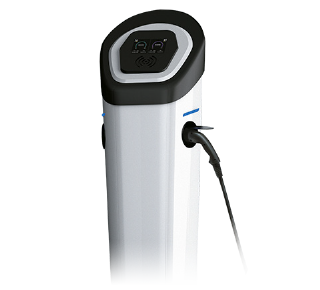
There are now more than 18,500 charging locations and nearly 50,000 connectors across the UK, some of which are completely free to use!^.
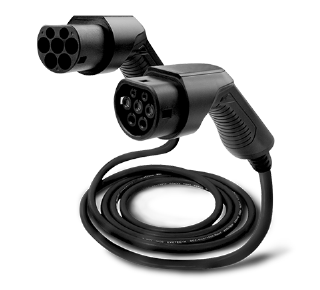
Fitted with Fast Charge capability, the New Fiat 500 can be charged enough to travel up to 30 miles in as little as 5 minutes, and charge up to 80% in just 35 minutes when using a public fast charger***. Lots of users charge their cars at home overnight, where a 0-100% charge time of under 6 hours (using a professionally-installed wallbox) means that you can get into your fully charged New Fiat 500 every morning.
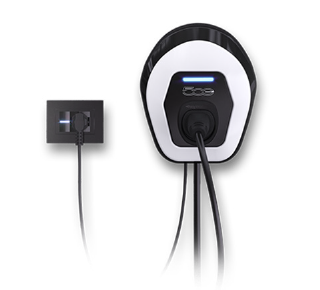
The New 500 can be charged at home, often overnight using the provided cable. There are also a growing number of public chargers available, meaning you can simply park and charge your vehicle whilst you are at work, training at the gym or doing the shopping rather than having to make a special visit to a petrol station like you would have to in a combustion-engined vehicle.

Thanks to the ability to schedule charging within the car’s infotainment or the Fiat mobile app, you can set the charging procedure to start during the night, when the electricity demand is low and energy tariffs are cheapest. Moreover, most home chargers are equipped with Dynamic Load Balancing (DLB), a smart solution that safely balances the power consumption between your electric vehicle and your other electrical home appliances. This ensures that the network is not overloaded.
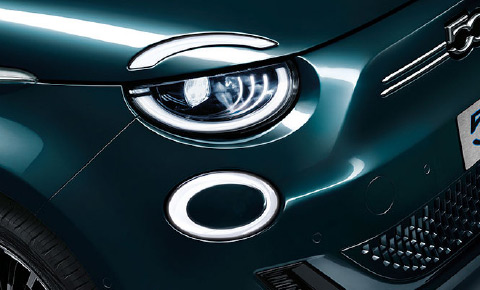
This is no different to internal combustion engine cars which lose efficiency over time!
The gradual decrease in capacity to hold charge is a distinguishing property of lithium-ion batteries. The amount by which battery capacity decreases however is dependent on many factors such as outside conditions (temperature), driving habits and charging methods. To put your mind at ease, the New Fiat 500 has an 8 year battery warranty, which will replace your battery if the capacity falls below 70% before either the end of the warranty period, or 100,000 miles, whichever comes first.

Not at all! When you’re driving in Normal mode, the experience of the New Fiat 500 is very much like what you are used to. There are added options to enhance your experience - if you choose to select one of the other 2 driving modes (Range or SHERPA), you will benefit from features such as “one pedal driving” which makes city driving more comfortable, while optimising your driving efficiency. If you’d like to find out more, why not go on a test drive?

Quite the opposite! The new electric Fiat 500 has 48 horsepower more than the petrol hybrid Fiat 500, and it’s quicker off the line too – accelerating from 0-62mph 4.8 seconds faster. This gives the driver more confidence and makes overtaking easier and safer.

Yes! they can also be charged when raining, and be taken through the car wash just like any other car. As with combustion engine cars, electric cars are designed to prevent rainwater reaching delicate electrical components. These cars are put through strenuous electrical safety tests prior to entering production.

